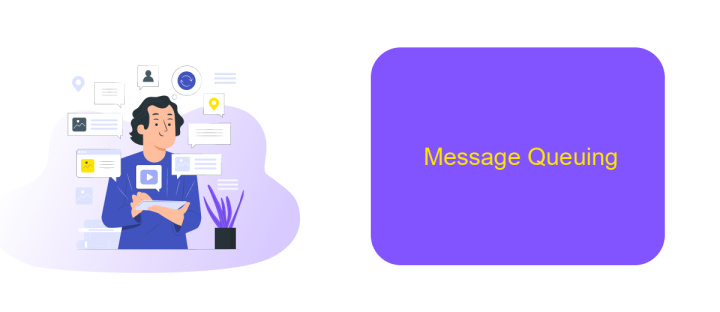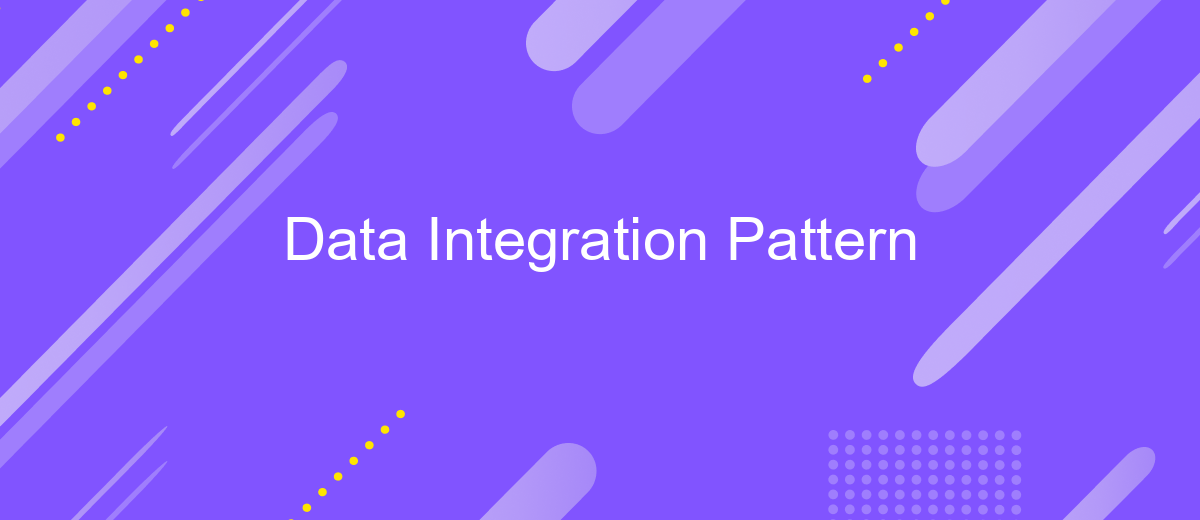Data Integration Pattern
Data integration is a critical aspect of modern information systems, enabling seamless communication and data flow between disparate sources. In this article, we explore various data integration patterns that help organizations efficiently manage and synchronize their data. Understanding these patterns is essential for optimizing data consistency, improving decision-making, and enhancing overall operational efficiency. Join us as we delve into the key strategies and best practices for effective data integration.
Introduction
Data integration is a critical aspect of modern business operations, enabling organizations to unify disparate data sources into a coherent, accessible format. Effective data integration patterns streamline processes, improve data quality, and enhance decision-making capabilities. These patterns can be applied across various industries, providing a standardized approach to managing complex data ecosystems.
- Data consolidation: Combining data from multiple sources into a single repository.
- Data propagation: Distributing data across different systems in real-time or near-real-time.
- Data virtualization: Providing a unified view of data without physically moving it.
- Data federation: Integrating data from multiple sources without centralizing it.
One of the tools that facilitate seamless data integration is ApiX-Drive. This service allows businesses to automate data workflows between various applications and platforms without requiring extensive technical expertise. By leveraging ApiX-Drive, organizations can ensure that their data is consistently synchronized and readily available, thus optimizing their operational efficiency and strategic initiatives.
Common Data Integration Patterns

Data integration patterns are essential for combining data from different sources into a unified view. One common pattern is the ETL (Extract, Transform, Load) process, where data is extracted from various sources, transformed into a suitable format, and then loaded into a target system. This pattern is widely used for data warehousing and analytics, ensuring that data is consistent and easily accessible. Another prevalent pattern is data federation, which allows real-time data integration from multiple sources without the need for physical data movement. This approach provides a virtual database that queries data across different systems, offering a unified view without the complexity of data replication.
ApiX-Drive is a powerful tool that simplifies the implementation of these data integration patterns. It supports over 200 integrations, making it easy to connect various applications and automate data workflows. With ApiX-Drive, businesses can set up ETL processes and data federation without extensive coding or technical expertise. The platform's intuitive interface and robust features ensure that data is accurately synchronized and readily available for decision-making. By leveraging tools like ApiX-Drive, organizations can streamline their data integration efforts and enhance overall operational efficiency.
Enterprise Service Bus

An Enterprise Service Bus (ESB) is a centralized software architecture that facilitates communication between different applications in a service-oriented architecture (SOA). It acts as a middleware, enabling seamless data exchange, routing, and transformation among disparate systems. By using an ESB, organizations can achieve greater flexibility and scalability in their IT infrastructure.
- Message Routing: ESB directs messages to the appropriate services based on predefined rules.
- Protocol Conversion: It converts messages between different communication protocols, ensuring compatibility.
- Data Transformation: ESB transforms data formats to meet the requirements of various applications.
- Service Orchestration: It coordinates multiple services to achieve complex business processes.
- Security: ESB provides a centralized point for implementing security measures, such as authentication and encryption.
For efficient integration setup, tools like ApiX-Drive can be highly beneficial. ApiX-Drive offers a user-friendly interface for connecting various applications without requiring extensive coding knowledge. This service simplifies the configuration of data flows and ensures reliable data synchronization, making it an excellent complement to an ESB in achieving streamlined business operations.
Message Queuing

Message queuing is a powerful data integration pattern that allows asynchronous communication between different systems. It decouples the sender and receiver, enabling them to interact without requiring a direct connection. This approach is especially useful in scenarios where real-time data processing is not critical, and it helps to balance the load and improve the performance of applications.
One of the primary benefits of message queuing is its ability to handle high volumes of data efficiently. By placing messages in a queue, systems can process them at their own pace, preventing overload and ensuring smooth operation. This pattern also enhances fault tolerance, as messages can be stored and retried in case of failures, ensuring data integrity.
- Decouples sender and receiver
- Balances load and improves performance
- Handles high volumes of data efficiently
- Enhances fault tolerance and data integrity
For those looking to implement message queuing in their data integration processes, tools like ApiX-Drive offer seamless integration capabilities. ApiX-Drive simplifies the setup and management of message queues, allowing businesses to focus on their core operations while ensuring reliable and efficient data exchange between systems.
Data Virtualization
Data virtualization is a modern data integration approach that allows organizations to access and manage data without requiring the physical movement of the data itself. By creating a virtual data layer, it enables users to retrieve and manipulate data from multiple disparate sources as if it were in a single repository. This method significantly reduces the complexity and cost associated with traditional data integration techniques, such as ETL (Extract, Transform, Load) processes.
One of the key advantages of data virtualization is its ability to provide real-time access to data. This is particularly useful for businesses that need up-to-date information for decision-making. Tools like ApiX-Drive can further enhance data virtualization efforts by offering seamless integration with various data sources and applications. ApiX-Drive allows users to set up automated workflows, ensuring that data is consistently synchronized and readily available for analysis. This not only improves operational efficiency but also ensures that the data remains accurate and relevant.
FAQ
What is a Data Integration Pattern?
Why are Data Integration Patterns important?
What are some common Data Integration Patterns?
How can I automate data integration processes?
What challenges can arise during data integration?
Do you want to achieve your goals in business, career and life faster and better? Do it with ApiX-Drive – a tool that will remove a significant part of the routine from workflows and free up additional time to achieve your goals. Test the capabilities of Apix-Drive for free – see for yourself the effectiveness of the tool.

